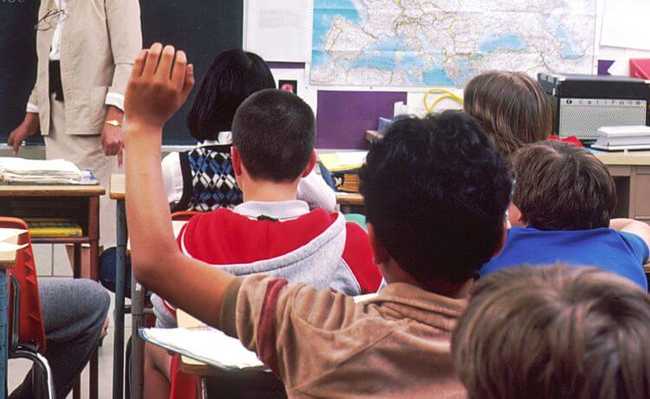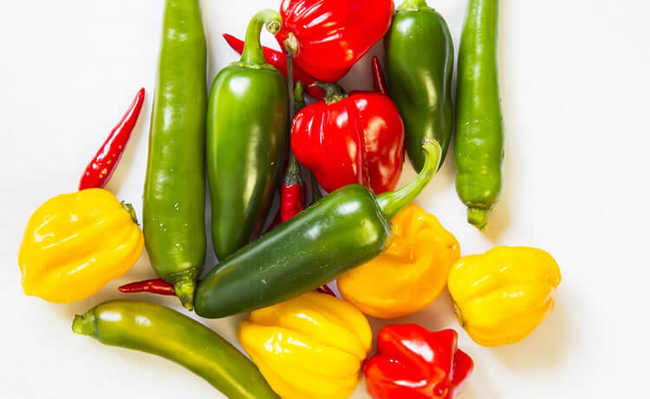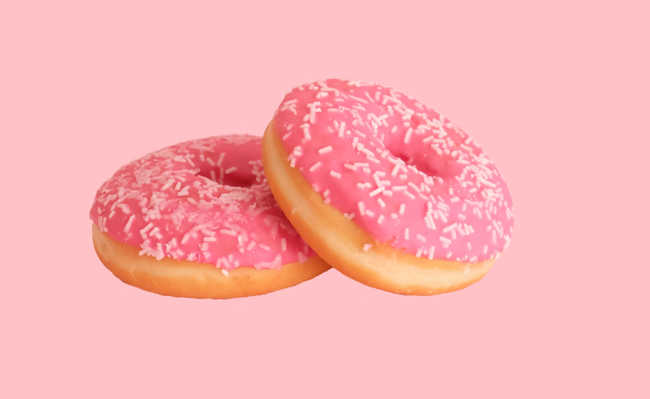The oceans are turning to plastic
What happens to plastic that is not properly disposed of and where does it end up

Edited and resized image by John Cameron is available on Unsplash
Plastic ocean is not just a metaphorical expression. With each passing day, the amount of plastic in the seas increases significantly. By the year 2050, the ocean is predicted to have more weight in plastic than in fish.
- What is the origin of the plastic that pollutes the sea?
One of the most troublesome places is the North Pacific Gyre. The ocean gyre is a term used by oceanographers to describe large rotating sea currents, which are directly related to the movement of winds.
The North Pacific Gyre has been characterized by large amounts of plastic debris originating from the west coast of the US and Asia that form what is known among environmentalists as plastic patch (plastic patch, in free translation). In other words, it is an area of the ocean with a high concentration of pollutants and that affects not only the region's ecosystem, but ultimately the life and health of man himself.
According to National Oceanic and Atmospheric Administration (NOAA), which is part of the US Department of Commerce (USDC), the name plastic patch "makes people believe that it is a continuous, visible area made up of bottles and other types of garbage."
The place, as shown in the documentary “Garbage Island: An Ocean Full of Plastic”, is a part of the ocean with a high concentration of all types of plastics, from bottles and packaging, to microplastics, which are small and extremely toxic particles of plastic.
In the film, which was produced by Vice magazine, it is shown that the large amount of pollutants caused the composition of seawater to change. Water samples collected during the expedition can contain 1,000 pieces of plastic for each plankton. Bearing in mind that six plastic parts for each plankton already characterize a polluted environment, which sets the tone for the seriousness of the problem.
damage to health
The big problem is that microplastic is so abundant that it has become part of the ecosystem. Plankton and small crustaceans feed on them, become intoxicated, and consequently do the same when eaten by small fish. The process is repeated until reaching the big fish, such as tuna, and finally the human being.
- Microplastic: one of the main pollutants in the oceans
- There are microplastics in salt, food, air and water
- Understand the environmental impact of plastic waste on the food chain
Another problem is that microplastic easily absorbs other types of pollutants found in the sea, such as pesticides, heavy metals, persistent organic pollutants (POPs) and bisphenols. This causes the level of contamination to increase and the damage to health is even greater. Among the health problems caused by POPs and bisphenols are several types of hormonal, neurological, reproductive and neurological disorders.
How to collaborate with the reduction of pollution
According to NOAA, the North Pacific Gyre is not the only one to face this phenomenon. It's the same in the Atlantic Ocean, in the North Atlantic Subtropical Gyre, and around the world. One of the explanations for the emergence of this problem is the large amount of plastic used on a daily basis, which leads us to reflect on our consumption habits. The importance of this material in our society must be recognized, providing convenience and contributing to development, but it is equally necessary to reflect on the parsimony that we should incur in its use.
Use less and always recycle, not only plastic, but any type of recyclable waste you have chosen to consume. Put pressure on the authorities in your region and contribute to the development of selective collection. Inform yourself about the solid waste policy and, mainly, become aware of how your attitudes are contributing, or not, to the pollution of the ocean . Did you know that even if plastic waste is properly disposed of, it can end up in the ocean through rain and wind? So, whenever possible, reduce usage! Find out how to do this in the article: "How to reduce plastic waste in the world? Check out essential tips".
Visit the Recycle Everything section to find out about recycling various materials, as well as to find out where to dispose of your unused items! Contribute to the reduction of plastic in the ocean!










